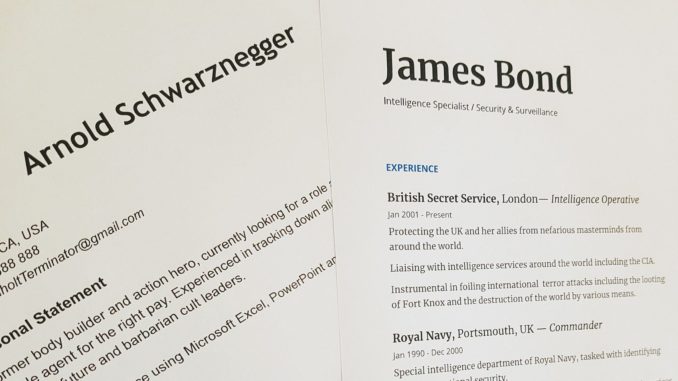
You’ve just heard about a perfect career opportunity and you know that you’re a prime candidate. Excitedly, you pull up your resume, make sure it’s up to date, adjust the formatting so that it looks nice, and verify that it obeys all the “rules” you learned in school. Then you send your practically perfect resume off to the company of your dreams, expecting to hear back immediately. A few days go by, then a few weeks. Months later, it’s clear that you’re never going to hear back. Frustrated and disappointed, you wonder what went wrong.
That was my story more times than I can remember. I didn’t start understanding what was going wrong until I worked my way into management and began to see hiring from the other side of the table. Everyone has a resume. Unfortunately, few people have good resumes. Even fewer people go to the trouble to effectively customize a resume for the jobs they apply to. I have looked at a lot of resumes in my years as a leader and manager at technology companies. After reading (or at least skimming) thousands of resumes, you start to notice that many of them aren’t very good, some are just average, and a few are truly excellent.
I feel strongly that common resume mistakes cause a lot of unnecessary frustration and inefficiency on both sides of the hiring process. So, I decided to write down everything I’ve learned about creating resumes that communicate with hiring managers. The result is my new ebook The Effective Resume: A Concise Guide to Compelling STEM Resume Construction and CV Conversion, which recently debuted on Amazon. Be sure to check it out if there is a job or internship search in your future.
